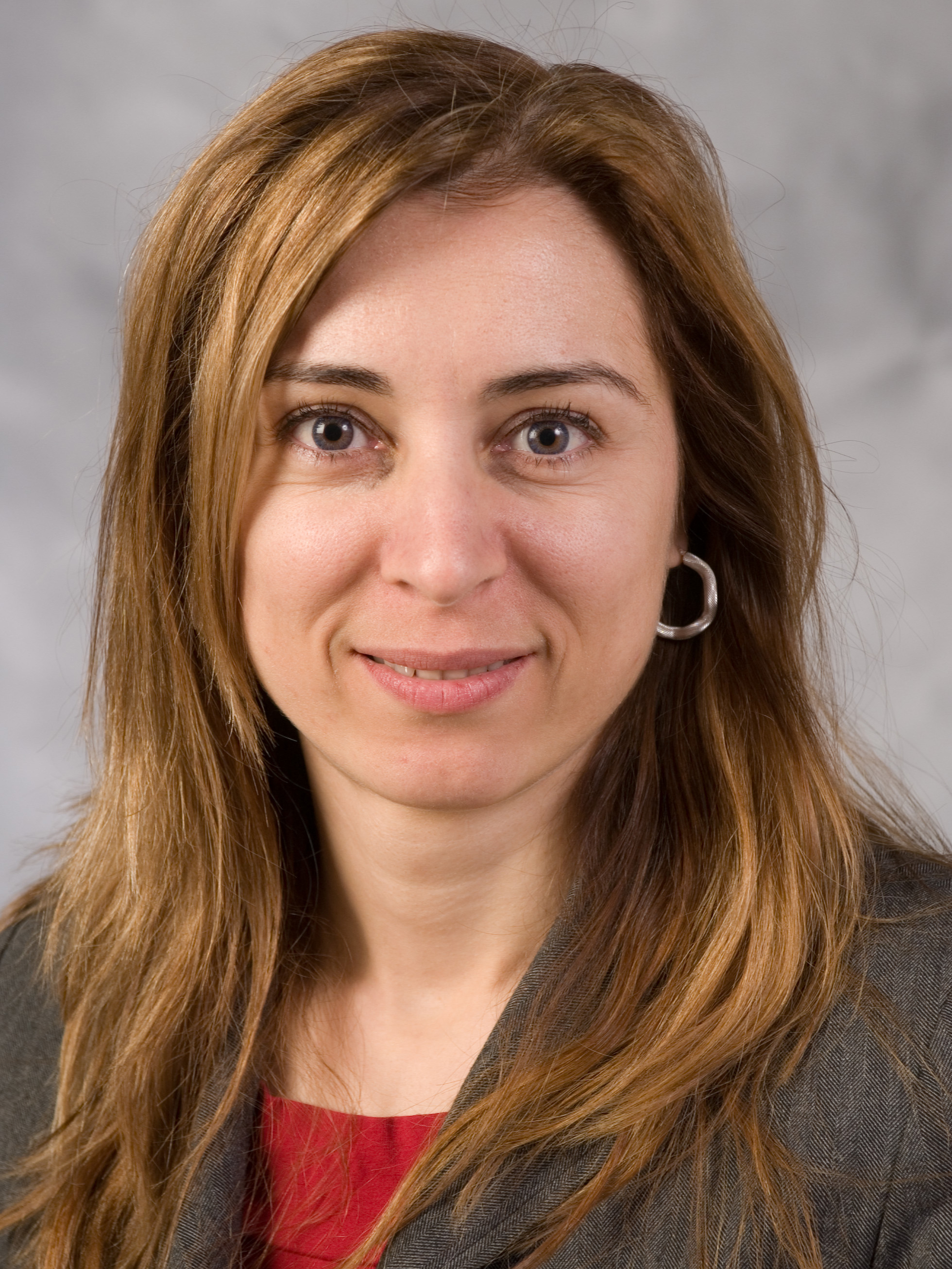By Nicoleta Serban
More than 58 percent of Georgia’s children – about 1.5 million youngsters – qualify for public dental benefits through the state’s Medicaid and PeachCare for Kids programs, according to a new Georgia Tech study. Unfortunately, of the 3,872 licensed dentists providing provide preventive services in Georgia, just 337 – 8.7 percent – accept public insurance for children, according to InsureKidsNow.gov.
Research conducted by scientists in the Health Analytics Group at Georgia Tech details the extreme oral health care disparities between children eligible for public insurance and those whose families can afford care through other financial means.
Considering common access barriers, there are roughly 865,000 Medicaid- or PeachCare-eligible children in Georgia who need to travel to reach a dental provider for preventive care services more than the state standards. (The standards are driving distances to a provider of 30 muinutes or 30 miles for urban areas and 45 minutes or 45 miles for rural areas.)
They also must travel, on average, 10 or more miles farther than children with private insurance or ability to afford of out-of-pocket care expenses to reach a dental provider.
Locations of communities where parents of children eligible for public insurance have to travel to reach a dental provider longer distances with 10 miles than those with private insurance or those with ability to afford of out-of-pocket care.
The study also found that there are more than 500,000 children in Georgia whose parents will probably forgo preventive dental care for their children because of lack of financial means to pay out-of-pocket care, or lack of public or private insurance.
To address the problem, the Georgia Tech study found, 30 percent of Georgia dentists – 1,160 – would have to accept public insurance to achieve state standards for access to care for almost 100 percent of Medicaid-eligible children in large cities and approximately 85 percent in smaller urban and rural areas.
To provide dental care for these children at “equitable levels” with those whose parents can afford the care would require that 50 percent of Georgia dentists accept public insurance reimbursement.
Tooth decay is the No. 1 childhood chronic disease, according to the U.S. Centers for Disease Control and Prevention (CDC). It not only results in pain and lack of concentration, but also can result in facial disfiguration from swelling, nutritional deficiencies from inability to chew and potentially deadly infection. Lack of access to dental care also leads to missed school days for children and missed work days for their parents.
The Georgia Tech research demonstrates that an urgent plan of action is needed to ensure lower-income Georgia children receive the oral health care they so desperately need.
Among the strategies to reduce oral health disparities among lower-income children, the researchers propose providing grants to health centers that provide dental services, increasing Medicaid acceptance rates among dentists, and offering dentists federal assistance for dental school loans if they agree to relocate to dental shortage areas.
One strategy highlighted by the researchers was the focus of legislation proposed during the 2016 Georgia General Assembly session. The legislation would have enabled licensed dental hygienists to provide essential preventive dental care, such as fluoride treatment and applying sealants, without direct supervision of dentists, which is defined as requiring a dentist to be present on site for the procedures.
The legislation would have expanded that policy, which applies now to prisoners and those seen at public health dental sites, to include state-insured children as well as underserved people in nursing homes, federally qualified health centers and non-profit health care facilities. Unfortunately the measure met opposition from dentists and died in the House Rules Committee.
This op-ed originally appeared online on July 8, 2016, at Georgia Public Policy Foundation: http://www.georgiapolicy.org/2016/07/georgia-must-correct-dental-care-disparities/.

